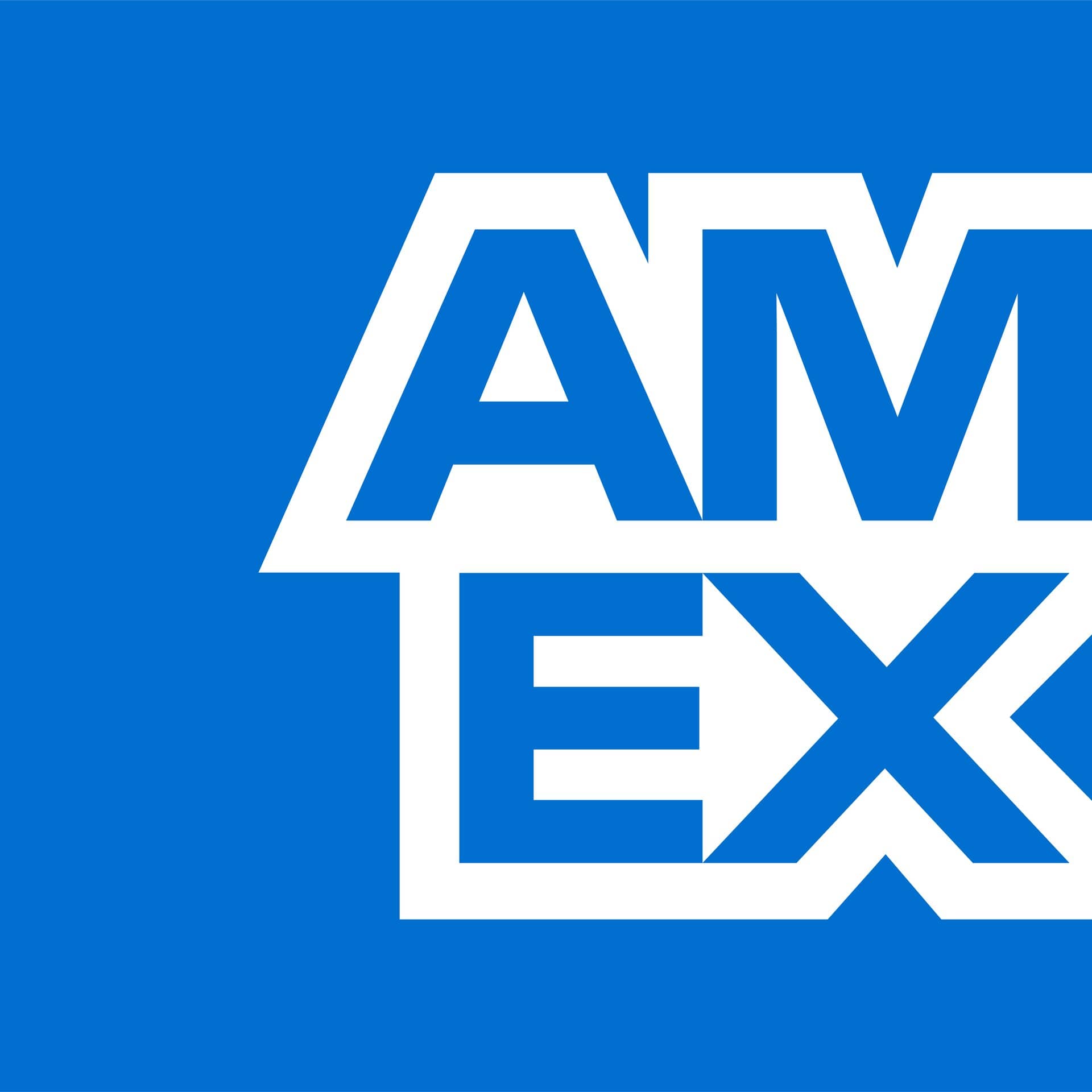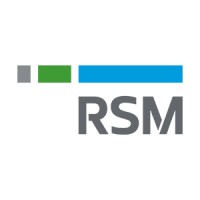One of the challenges of recruitment is how to reduce the $2,027 price tag and 24 days needed to hire a candidate, according to the National Association of Colleges and Employers’ 2017 Recruiting Benchmarks Survey Report. And if your company goes on campus to hire? It can take up to three times as long and cost $6,275 per employee!
But while this problem is something HR departments should definitely look into, it’s not the most costly aspect of the hiring process.
That distinction goes to having unfilled jobs.
ADP notes that unfilled positions weigh down US GDP by an average of $13 billion every month. That’s around $160 billion per year. And with the annual turnover rate near 19 percent (and involuntary turnover at eight percent), that has a huge effect on the labor force.
But how else does a long hiring process affect companies? In several ways, actually.
Your Company Loses Revenue With Unfilled Jobs
Employees are your company’s greatest asset. But, as Fortune notes, 40 percent of companies have unfilled entry-level jobs. And the US retail industry loses more than $9 billion due to voluntary entry-level turnover.
In fact, the loss of an employee can cost a company tens of thousands of dollars. And according to LinkedIn, that’s just the low end of the range. The high end? As much as two times the salary of the position. Ouch.
Your Team Members Feel The Pain—And Their Productivity Plummets
 Unfortunately, having open jobs affects the rest of your company. For starters, it causes other workers to pick up the slack. And with more work comes more stress. Business Insider points out that employees under high-stress levels cost companies 40 percent more than the average worker.
Unfortunately, having open jobs affects the rest of your company. For starters, it causes other workers to pick up the slack. And with more work comes more stress. Business Insider points out that employees under high-stress levels cost companies 40 percent more than the average worker.
What’s more, there’s an immeasurable cost of not bringing early-career candidates onto your team: the loss of innovation. Because early-career workers aren’t bound by restrictive industry walls, they tend to look at problems in unique and untested ways. As Inc. points out, bringing on these workers helps your company devise better solutions.
Your Candidate Experience Suffers
Another way that a long hiring process affects your company? The candidate experience. And that starts with overly long online job applications. If they’re too lengthy, you’re in trouble: Sixty percent of candidates abandon the process if an application takes too long.
If it’s longer than 24 days, candidates are much more likely to have a negative experience, and they’ll drop out of the hiring funnel.
And there needs to be a huge sense of urgency for hiring managers to promptly communicate with candidates. Top talent is only on the market for 10 days, so a long hiring process won’t attract these qualified candidates.
A long and winding hiring road doesn’t benefit anyone. To combat that, companies should constantly look for opportunities to optimize at each stage of the hiring funnel.
Learn how you can transform your early-career recruiting process. Fill out the form below to get a demo.
[mrkto_frm id=”1033″]






